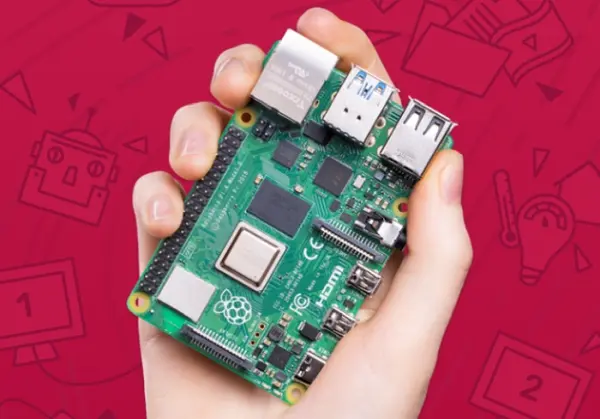If you are interested in learning more about the production of Raspberry Pi mini PC computers and how they are mass produced. You are sure to enjoy a new video published by Jeff Geerling who recently enjoyed a tour of the Sony facility in Wales in the United Kingdom. Sony and the Raspberry Pi Foundation have partnered to produce the single board computers and Sony’s manufacturing of Raspberry Pi 4 takes place in the Sony UK’s Technology Centre. The production line has been designed with a focus on automation and precision, with pick and place machines playing a crucial role.
Pi manufacturing
The now iconic Raspberry Pi series of small single-board computers, has had a significant impact on the technology world since its introduction. Despite its size, this mini PC packs a punch, providing users with the power to run various applications, from programming and gaming to experimenting with electronics and running home media centers.
The Raspberry Pi Foundation, a UK-based charity, initially conceived the idea of Raspberry Pi. Eben Upton, Rob Mullins, Jack Lang, Alan Mycroft, Pete Lomas, and David Braben founded the Raspberry Pi Foundation in 2008. Their aim was to create a low-cost device that could help students learn programming and computer science, which was experiencing a decline in interest and skill level.
In 2012, the first model, the Raspberry Pi 1 Model B, was launched. Despite the initial aim of producing around 10,000 units, the Raspberry Pi took the tech world by storm. It came with a 700MHz CPU, 256MB RAM, two USB ports, and an Ethernet port. Later that year, a cheaper version, Raspberry Pi 1 Model A, was introduced with one USB port and no Ethernet port.
Raspberry Pi production line
A pick and place machine is a robotic assembly device that uses a vacuum to lift components and accurately place them on a printed circuit board (PCB). Sony’s pick and place machines provide:
- Speed: They are capable of placing thousands of components per hour.
- Accuracy: They can accurately place tiny components, essential for Raspberry Pi’s compact design.
- Flexibility: They can handle a variety of components, accommodating the diverse components of Raspberry Pi .
Pick and place machines
Pick and place machines contribute to the Raspberry Pi’s manufacturing process in several ways:
- The PCBs, initially bare, go through a solder paste application.
- The pick and place machines then place the different components onto the board with remarkable accuracy.
- Next, the PCBs with placed components are put through a reflow soldering process.
- Post soldering, the boards undergo inspection and testing to ensure optimal performance.
Quality and production
Sony’s use of these machines can bring numerous benefits:
- Enhanced efficiency: Speed and accuracy of the machines can increase production rates.
- Improved consistency: Automation ensures each Raspberry Pi 4 unit maintains a high standard of quality.
- Cost-effectiveness: Automation can reduce labor costs, potentially making the Raspberry Pi 4 more affordable.
Raspberry Pi mini PCs
2014 saw the release of Raspberry Pi 1 Model B+ with improvements such as more GPIO pins, more USB ports, and lower power consumption. In the same year, the Raspberry Pi Foundation also introduced the Raspberry Pi Compute Module, aimed more at industrial applications.
Raspberry Pi 2 was launched in 2015, with a 900 MHz quad-core processor and 1 GB RAM, significantly improving performance. The following year, Raspberry Pi 3 was introduced, which further upgraded the processor and added built-in Wi-Fi and Bluetooth.
In a surprising move, the Raspberry Pi Foundation introduced Raspberry Pi Zero in 2015. Priced at just $5, it was incredibly small yet capable. Raspberry Pi Zero W and Zero WH, introduced later, added wireless connectivity and a pre-soldered header respectively.
The Raspberry Pi 4 Model B, launched in 2019, brought the most significant changes. It offered variants with different RAM sizes, up to 8 GB, and included features like a faster CPU, dual monitor support, and USB 3.0.
In 2020, the Raspberry Pi 400 was released – a compact keyboard with a built-in computer, essentially a complete personal computer that just needed a monitor and power supply.
From its humble beginnings as a tool for teaching basic computer science, Raspberry Pi has grown into a versatile device used by hobbyists, educators, and professionals alike. As the Raspberry Pi continues to evolve, one can only imagine the future applications and innovations this tiny device will empower.


